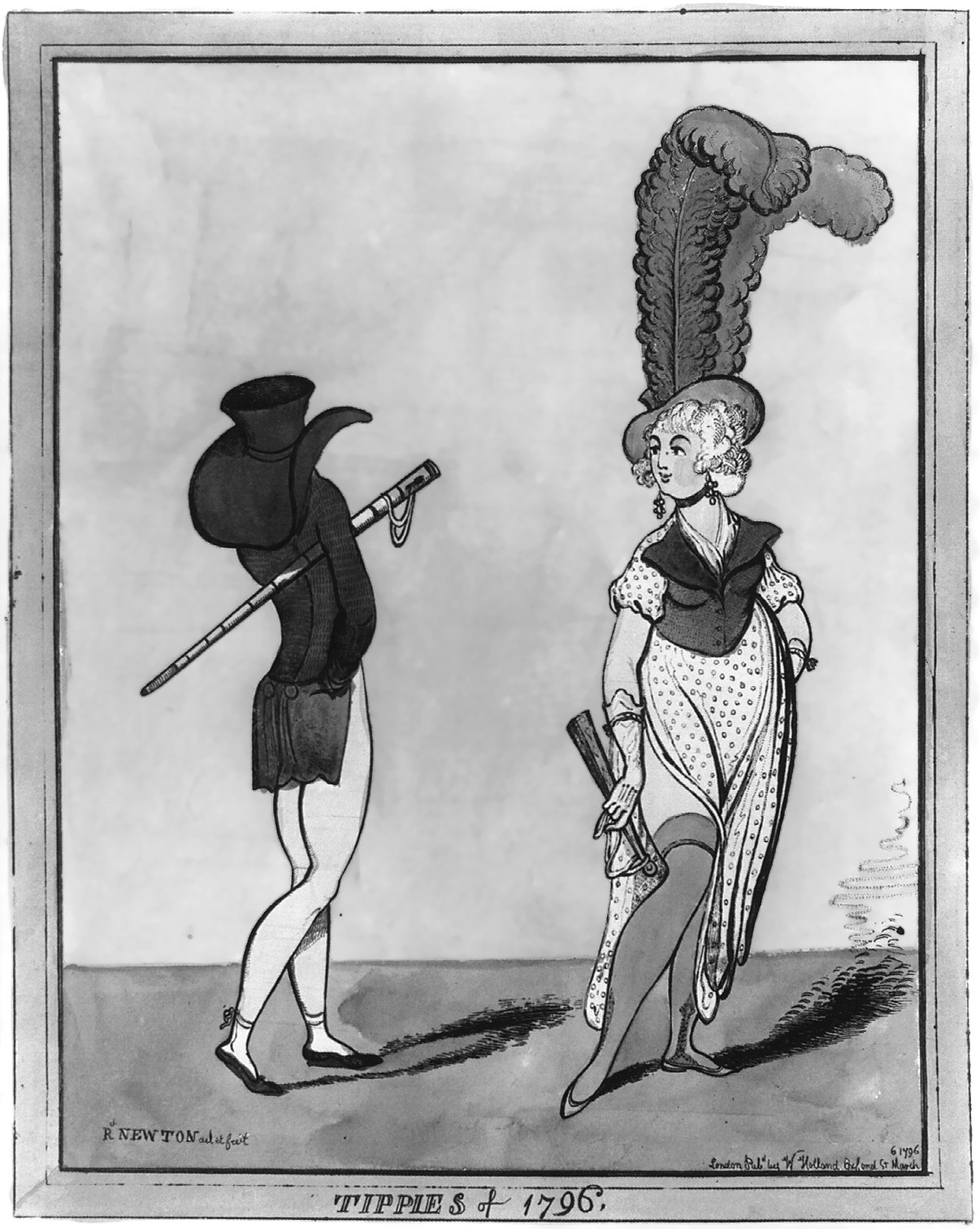|
Ingratiation
Ingratiating is a psychological technique in which an individual attempts to influence another person by becoming more likeable to their target. This term was coined by social psychologist Edward E. Jones, who further defined ingratiating as "a class of strategic behaviors illicitly designed to influence a particular other person concerning the attractiveness of one's personal qualities." Ingratiation research has identified some specific tactics of employing ingratiation: * Complimentary Other-Enhancement: the act of using compliments or flattery to improve the esteem of another individual. * Conformity in Opinion, Judgment, and Behavior: altering the expression of one's personal opinions to match the opinion(s) of another individual. * Self-Presentation or Self-Promotion: explicit presentation of an individual's own characteristics, typically done in a favorable manner. * Rendering Favors: Performing helpful requests for another individual. * Modesty: Moderating the estimation of o ... [...More Info...] [...Related Items...] OR: [Wikipedia] [Google] [Baidu] |
Impression Management
Impression management is a conscious or subconscious process in which people attempt to influence the perceptions of other people about a person, object or event by regulating and controlling information in social interaction.Sanaria, A. D. (2016). A conceptual framework for understanding the impression management strategies used by women in indian organizations. South Asian Journal of Human Resources Management, 3(1), 25-39. https://doi.org/10.1177/2322093716631118 https://www.researchgate.net/publication/299373178_A_Conceptual_Framework_for_Understanding_the_Impression_Management_Strategies_Used_by_Women_in_Indian_Organizations It was first conceptualized by Erving Goffman in 1959 in '' The Presentation of Self in Everyday Life,'' and then was expanded upon in 1967. Impression management behaviors include accounts (providing "explanations for a negative event to escape disapproval"), excuses (denying "responsibility for negative outcomes"), and opinion conformity ("speak(ing) or b ... [...More Info...] [...Related Items...] OR: [Wikipedia] [Google] [Baidu] |
Social Influence
Social influence comprises the ways in which individuals adjust their behavior to meet the demands of a social environment. It takes many forms and can be seen in conformity, socialization, peer pressure, obedience, leadership, persuasion, sales, and marketing. Typically social influence results from a specific action, command, or request, but people also alter their attitudes and behaviors in response to what they perceive others might do or think. In 1958, Harvard psychologist Herbert Kelman identified three broad varieties of social influence. #Compliance is when people appear to agree with others but actually keep their dissenting opinions private. # Identification is when people are influenced by someone who is liked and respected, such as a famous celebrity. # Internalization is when people accept a belief or behavior and agree both publicly and privately. Morton Deutsch and Harold Gerard described two psychological needs that lead humans to conform to the expectat ... [...More Info...] [...Related Items...] OR: [Wikipedia] [Google] [Baidu] |
Gestalt Psychology
Gestalt-psychology, gestaltism, or configurationism is a school of psychology that emerged in the early twentieth century in Austria and Germany as a theory of perception that was a rejection of basic principles of Wilhelm Wundt's and Edward Titchener's elementalist and structuralist psychology.Mather, George (2006) Foundations of Perception, Psychology Pressch.1 p.32 As used in Gestalt psychology, the German word ''Gestalt'' ( , ; meaning "form") is interpreted as "pattern" or "configuration". Gestalt psychologists emphasize that organisms perceive entire patterns or configurations, not merely individual components. The view is sometimes summarized using the adage, "the whole is more than the sum of its parts." Gestalt psychology was founded on works by Max Wertheimer, Wolfgang Köhler, and Kurt Koffka. Origin and history Max Wertheimer (1880–1943), Kurt Koffka (1886–1941), and Wolfgang Köhler (1887-1967) founded Gestalt psychology in the early 20th century. The d ... [...More Info...] [...Related Items...] OR: [Wikipedia] [Google] [Baidu] |
Superficial Charm
Superficial charm (or insincere charm) refers to the social act of saying or doing things because they are well received by others, rather than what one actually believes or wants to do. It is sometimes referred to as "telling people what they want to hear". Superficial charm is a generally effective way to ingratiate or persuade and it is one of the many elements of impression management/self-presention.Sanaria, A. D. (2016). A conceptual framework for understanding the impression management strategies used by women in indian organizations. South Asian Journal of Human Resources Management, 3(1), 25-39. https://doi.org/10.1177/2322093716631118 https://www.researchgate.net/publication/299373178_A_Conceptual_Framework_for_Understanding_the_Impression_Management_Strategies_Used_by_Women_in_Indian_Organizations Flattery and charm accompanied by obvious ulterior motives is generally not socially appreciated, and most people consider themselves to be skilled at distinguishing sincere ... [...More Info...] [...Related Items...] OR: [Wikipedia] [Google] [Baidu] |
Reinforcement
In behavioral psychology, reinforcement is a consequence applied that will strengthen an organism's future behavior whenever that behavior is preceded by a specific antecedent stimulus. This strengthening effect may be measured as a higher frequency of behavior (e.g., pulling a lever more frequently), longer duration (e.g., pulling a lever for longer periods of time), greater magnitude (e.g., pulling a lever with greater force), or shorter latency (e.g., pulling a lever more quickly following the antecedent stimulus). The model of self-regulation has three main aspects of human behavior, which are self-awareness, self-reflection, and self-regulation. Reinforcements traditionally align with self-regulation. The behavior can be influenced by the consequence but behavior also needs antecedents. There are four types of reinforcement: positive reinforcement, negative reinforcement, extinction, and punishment. Positive reinforcement is the application of a positive reinforcer. Nega ... [...More Info...] [...Related Items...] OR: [Wikipedia] [Google] [Baidu] |
Social Rejection
Social rejection occurs when an individual is deliberately excluded from a social relationship or social interaction. The topic includes ''interpersonal rejection'' (or peer rejection), ''romantic rejection'' and ''familial estrangement''. A person can be rejected or shunned by individuals or an entire group of people. Furthermore, rejection can be either ''active'', by bullying, teasing, or ridiculing, or ''passive'', by ignoring a person, or giving the "silent treatment". The experience of being rejected is subjective for the recipient, and it can be perceived when it is not actually present. The word "ostracism" is also commonly used to denote a process of social exclusion (in Ancient Greece, ''ostracism'' was a form of temporary banishment following a people's vote). Although humans are social beings, some level of rejection is an inevitable part of life. Nevertheless, rejection can become a problem when it is prolonged or consistent, when the relationship is important, or ... [...More Info...] [...Related Items...] OR: [Wikipedia] [Google] [Baidu] |
ANOVA
Analysis of variance (ANOVA) is a collection of statistical models and their associated estimation procedures (such as the "variation" among and between groups) used to analyze the differences among means. ANOVA was developed by the statistician Ronald Fisher. ANOVA is based on the law of total variance, where the observed variance in a particular variable is partitioned into components attributable to different sources of variation. In its simplest form, ANOVA provides a statistical test of whether two or more population means are equal, and therefore generalizes the ''t''-test beyond two means. In other words, the ANOVA is used to test the difference between two or more means. History While the analysis of variance reached fruition in the 20th century, antecedents extend centuries into the past according to Stigler. These include hypothesis testing, the partitioning of sums of squares, experimental techniques and the additive model. Laplace was performing hypothesis testing in ... [...More Info...] [...Related Items...] OR: [Wikipedia] [Google] [Baidu] |
Deprecation
In several fields, especially computing, deprecation is the discouragement of use of some terminology, feature, design, or practice, typically because it has been superseded or is no longer considered efficient or safe, without completely removing it or prohibiting its use. Typically, deprecated materials are not completely removed to ensure legacy compatibility or back up practice in case new methods are not functional in an odd scenario. It can also imply that a feature, design, or practice will be removed or discontinued entirely in the future. Etymology In general English usage, the infinitive "to deprecate" means "to express disapproval of (something)". It derives from the Latin verb ''deprecari'', meaning "to ward off (a disaster) by prayer". In current technical usage, for one to state that a feature is deprecated is merely a recommendation against using it. It is still possible to produce a program or product without heeding the deprecation. Software While a deprecated ... [...More Info...] [...Related Items...] OR: [Wikipedia] [Google] [Baidu] |
Self-image
Self-image is the mental picture, generally of a kind that is quite resistant to change, that depicts not only details that are potentially available to an objective investigation by others (height, weight, hair color, etc.), but also items that have been learned by persons about themselves, either from personal experiences or by internalizing the judgments of others. Self-image may consist of six types: # Self-image resulting from how an individual sees oneself. # Self-image resulting from how others see the individual. # Self-image resulting from how the individual perceives the individual sees oneself. # Self-image resulting from how the individual perceives how others see the individual. # Self-image resulting from how others perceive how the individual sees oneself. # Self-image resulting from how others perceive how others see the individual. These six types may or may not be an accurate representation of the person. All, some, or none of them may be true. A more technical ... [...More Info...] [...Related Items...] OR: [Wikipedia] [Google] [Baidu] |
Minimisation (psychology)
Minimisation or minimization is a type of deceptionGuerrero, L., Anderson, P., Afifi, W. (2007). ''Close Encounters: Communication in Relationships'' (2nd ed.). Los Angeles: Sage Publications. {{ISBN? involving denial coupled with rationalisation/rationalization in situations where complete denial is implausible. It is the opposite of exaggeration. Minimisation, or downplaying the significance of an event or emotion, is a common strategy in dealing with feelings of guilt. Words associated with minimisation include: {{Columns-list, colwidth=30em, * belittling * discounting * downplaying * euphemism * invalidation * making light of * meiosis * minification * minimise * trivialising * underplaying * understating Manipulative abuse {{See also, Gaslighting Minimisation may take the form of a manipulative technique: * observed in abusers and manipulators to downplay their misdemeanors when confronted with irrefutable facts.Simon, George K. ''In Sheep's Clothing: Understanding and ... [...More Info...] [...Related Items...] OR: [Wikipedia] [Google] [Baidu] |
Exaggerating
Exaggeration is the representation of something as more extreme or dramatic than it really is. Exaggeration may occur intentionally or unintentionally. Exaggeration can be a rhetorical device or figure of speech. It may be used to evoke strong feelings or to create a strong impression. Amplifying achievements, obstacles and problems to seek attention is an everyday occurrence Inflating the difficulty of achieving a goal after attaining it, can be used to bolster self-esteem. In the arts, exaggerations are used to create emphasis or effect. As a literary device, exaggerations is often used in poetry, and is frequently encountered in casual speech. Many times the usages of hyperbole describes something as better or worse than it really is. An example of hyperbole is: "The bag weighed a ton." Hyperbole makes the point that the bag was very heavy, though it probably does not weigh a ton. Exaggerating is also a type of deception,Guerrero, L., Anderson, P., Afifi, W. (2007). Cl ... [...More Info...] [...Related Items...] OR: [Wikipedia] [Google] [Baidu] |
Exaggerates
Exaggeration is the representation of something as more extreme or dramatic than it really is. Exaggeration may occur intentionally or unintentionally. Exaggeration can be a rhetorical device or figure of speech. It may be used to evoke strong feelings or to create a strong impression. Amplifying achievements, obstacles and problems to seek attention is an everyday occurrence Inflating the difficulty of achieving a goal after attaining it, can be used to bolster self-esteem. In the arts, exaggerations are used to create emphasis or effect. As a literary device, exaggerations is often used in poetry, and is frequently encountered in casual speech. Many times the usages of hyperbole describes something as better or worse than it really is. An example of hyperbole is: "The bag weighed a ton." Hyperbole makes the point that the bag was very heavy, though it probably does not weigh a ton. Exaggerating is also a type of deception,Guerrero, L., Anderson, P., Afifi, W. (2007) ... [...More Info...] [...Related Items...] OR: [Wikipedia] [Google] [Baidu] |






